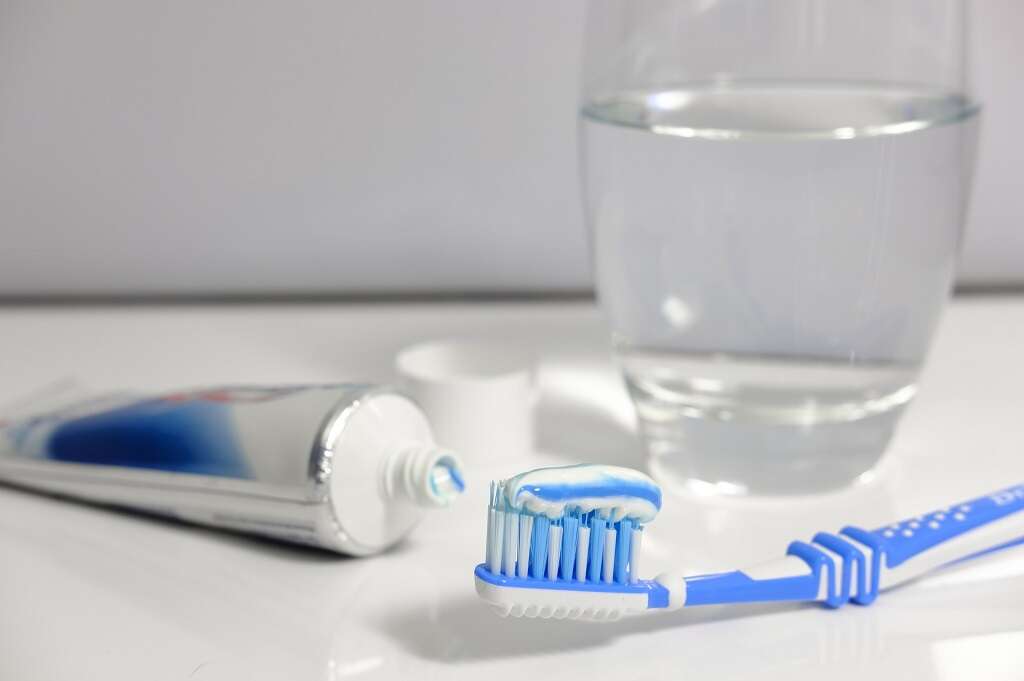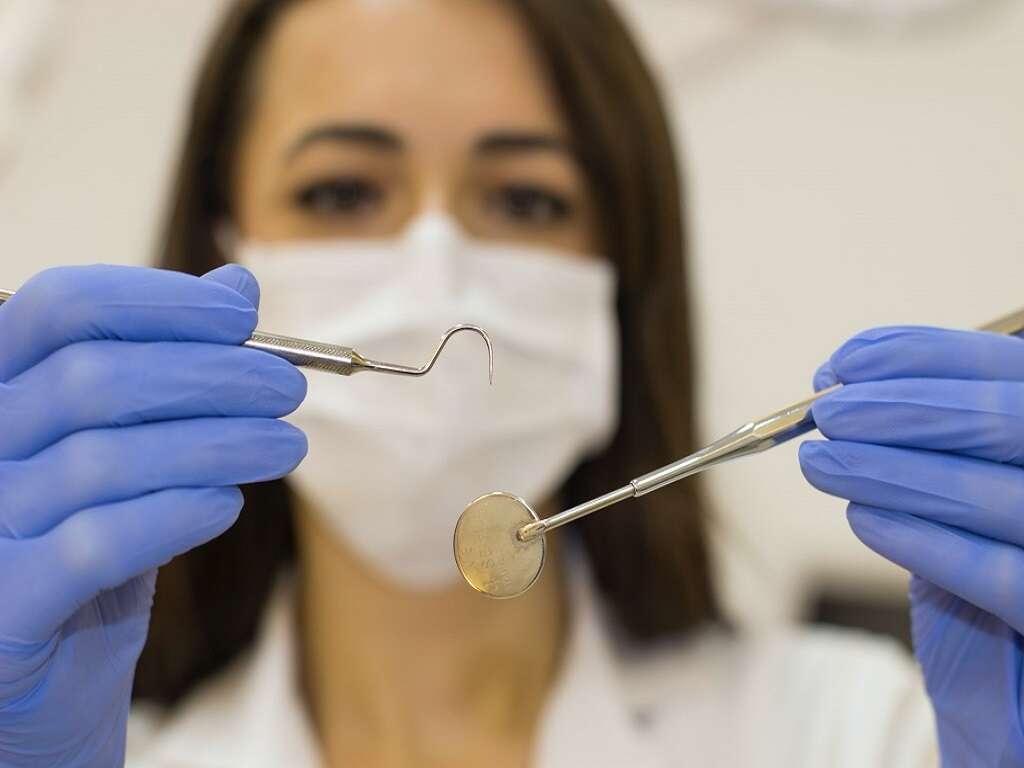White Spots On Tongue Causes, Treatments and More
 Article Sources
Article Sources
- 1. How Can You Prevent Oral Thrush? 'InformedHealth.org /[Internet/]., U.S. National Library of Medicine, 15 Aug. 2019,' www.ncbi.nlm.nih.gov/books/NBK367577/
- 2. Health Topics A-Z. 'PeaceHealth,' www.peacehealth.org/medical-topics/id/zd1065
- 3. Leukoplakia: 'Causes, Symptoms, Management & Treatment.' Cleveland Clinic, my.clevelandclinic.org/health/diseases/17655-leukoplakia
- 4. Holland, Kimberly. 'Syphilis in Mouth: Causes, Symptoms, Risk Factors, and Treatment.' Healthline, Healthline Media, 8 Jan. 2020, www.healthline.com/health/syphilis-mouth
White spots on the tongue can occur for many reasons, but contrary to what parents have been telling their children for years, they are not the result of telling a lie. The white spots that sometimes resemble bumps or patches can be harmless but can sometimes indicate that all is not well with someone's overall health.
The white spots that sometimes appear on an individual's tongue could be accredited to such infections as oral thrush or an ulcer called a canker sore. Leukoplakia, oral herpes and syphilis are other possible causes of white spots on the tongue as well as, would you believe, lie bumps.
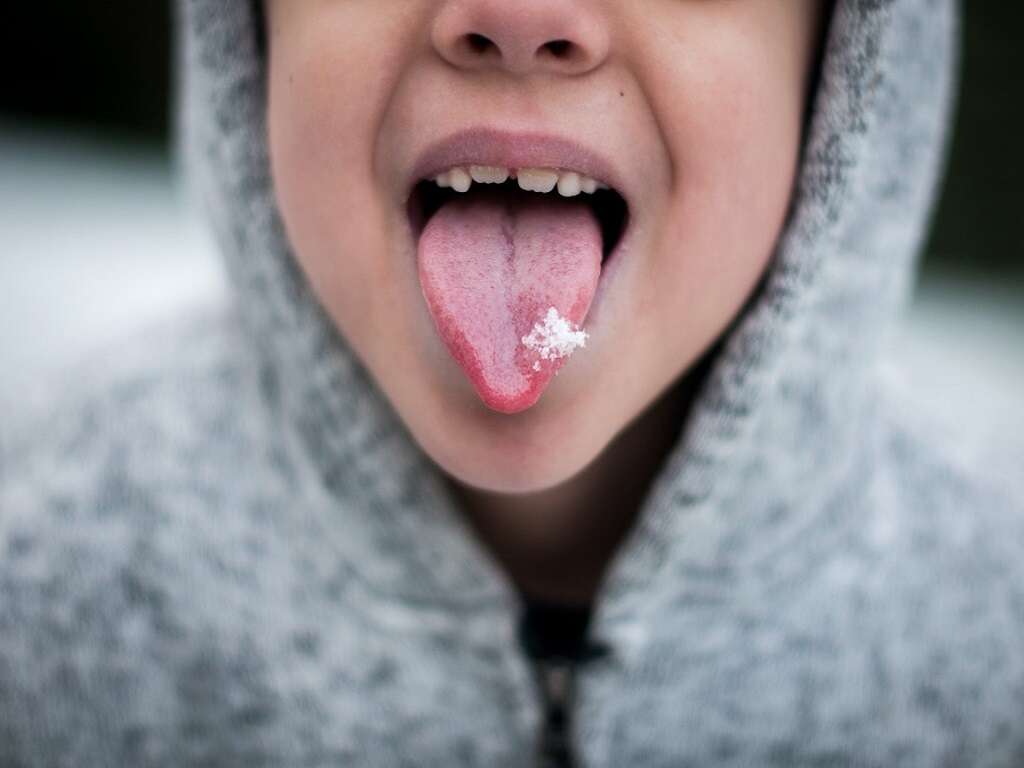
Oral Thrush
Oral thrush can sometimes appear when a person's immune system is depressed.1How Can You Prevent Oral Thrush? ‘InformedHealth.org /[Internet/]., U.S. National Library of Medicine, 15 Aug. 2019,’ www.ncbi.nlm.nih.gov/books/NBK367577/ The infection is caused by an overgrowth of a naturally occurring fungus. Although it is rarely serious, long-term infections may require treatment. Certain individuals may be more susceptible to oral thrush, including babies, denture wearers, cancer patients, smokers and people with diabetes.
Besides the appearance of white spots, other symptoms of oral thrush include white patches in other areas of the mouth, cracked skin around the corners of the mouth and lips, loss of taste and dry mouth. Rinsing the mouth with saltwater or baking soda can sometimes help relieve symptoms.

Canker Sore
Otherwise known as aphthous ulcers, this sometimes painful lesion can form inside the mouth on or under the tongue and inside the cheek or lips. Individuals may experience a burning or tingling sensation a day or two before the sores appear.
Generally, canker sores are round or oval in appearance with a white or yellow center and red border.2Health Topics A-Z. ‘PeaceHealth,’ www.peacehealth.org/medical-topics/id/zd1065 Minor canker sores are usually small and heal within a week or two. Larger, major ones could take longer and may need medical attention.

Leukoplakia
The white spots associated with leukoplakia are mostly found on the tongue but can occur in other areas of the mouth. The white patches, sometimes accompanied by folds, can appear as though hair is growing on the tongue.3Leukoplakia: ‘Causes, Symptoms, Management & Treatment.’ Cleveland Clinic, my.clevelandclinic.org/health/diseases/17655-leukoplakia
Although leukoplakia doesn't usually cause permanent damage to tissue in the mouth, it may increase the risk of oral cancer. These types of cancers can sometimes form near the leukoplakia patches. Mild cases may go away on their own. Serious occurrences may need prompt medical attention.

Tongue Herpes
Both herpes simplex types 1 and 2 could bring on tongue herpes. The infection can remain dormant until triggered by a fever, stress or fatigue. Once triggered, individuals may experience particular stages of herpes, including an itching or tingling sensation around the area infected.
HSV fluid-filled blisters may appear and eventually pop, resulting in a release of fluid from the blister that sometimes scabs over. Generally, tongue herpes do not require medical attention, and painkillers, such as ibuprofen, may suffice.
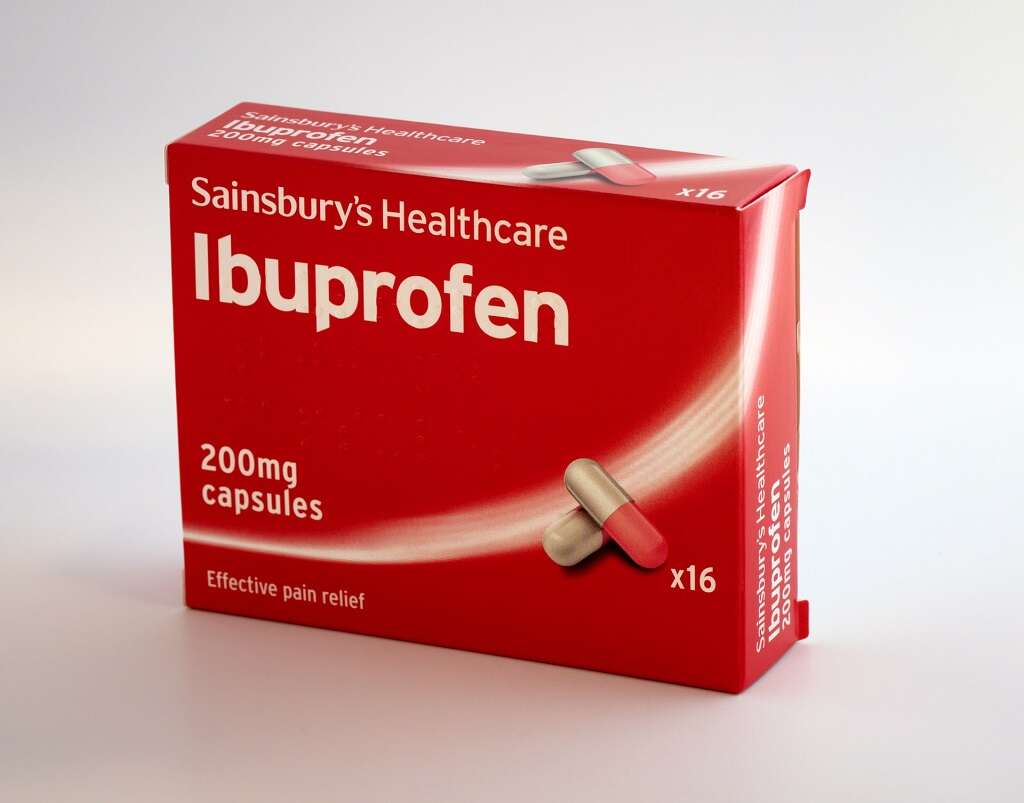
Oral Syphilis
Oral syphilis can enter the body through cuts in the mouth and is caused by the bacteria Treponema pallidum. Once the bacterium enters the mouth, a round, firm sore may form. These generally painless white lesions can be the first signs of oral syphilis.
A doctor may treat the infection with the antibiotic penicillin G benzathine with either one injection of the drug in primary and secondary stages or multiple injections in later or unknown duration stages.4Holland, Kimberly. ‘Syphilis in Mouth: Causes, Symptoms, Risk Factors, and Treatment.’ Healthline, Healthline Media, 8 Jan. 2020, www.healthline.com/health/syphilis-mouth
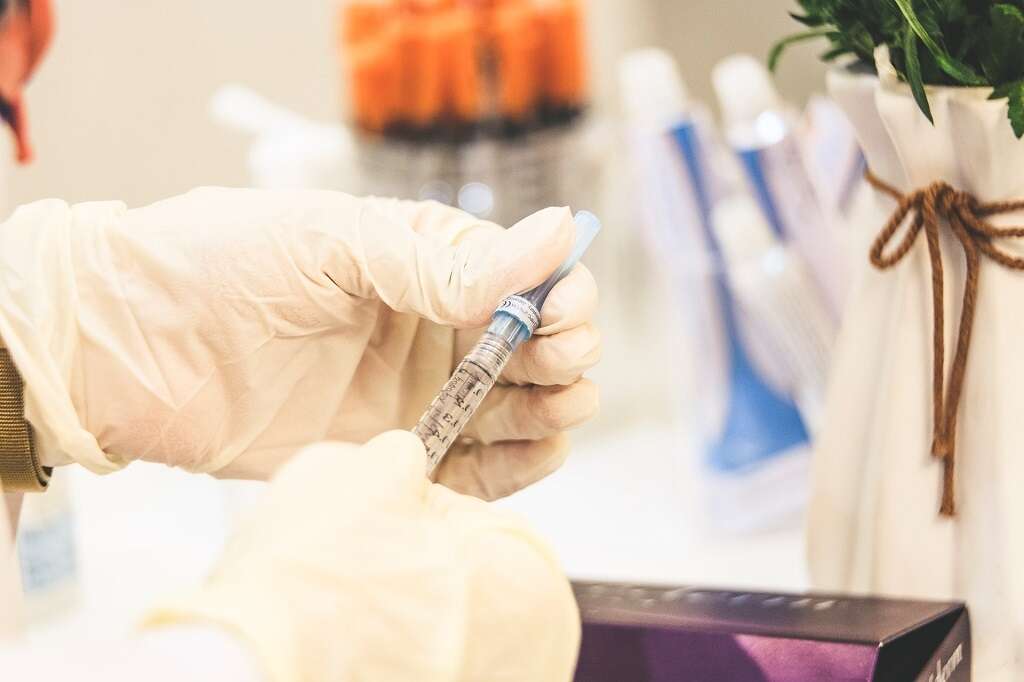
Tuberculosis
Although tuberculosis usually affects the lungs, some people with the bacterial infection may see white lesions and sores develop on other parts of their body, including the tongue. The development of these sores and lesions are usually scarce where tuberculosis is concerned, but they may be the first signs of infection.
Completely removing these lesions may involve administering certain antibiotics such as isoniazid, rifampicin, pyrazinamide and ethambutol over a duration of up to six months.4Holland, Kimberly. ‘Syphilis in Mouth: Causes, Symptoms, Risk Factors, and Treatment.’ Healthline, Healthline Media, 8 Jan. 2020, www.healthline.com/health/syphilis-mouth

Geographic Tongue
These island-shaped lesions sometimes give the tongue a map-like appearance that may have white borders or edges. They can appear on either the upper surface of the tongue or the sides. It's unknown how geographic tongue develops, but it is rarely harmful or a sign of any serious medical issues such as cancer.
Symptoms may last up to a year and include persistent patches of varying shapes and sizes and white-colored borders that may be slightly raised around the lesions.

Oral Lichen Planus
Oral lichen planus affects the mucous membranes inside the mouth. People with the condition may experience symptoms, such as swollen tissues and white. These patches and sores can appear in various places in the mouth, including the tongue.
Although scientists are baffled as to what causes oral lichen planus, they suggest it's linked to an immune response, and there may also be a genetic predisposition. Risk factors that increase the development include oral infections and taking certain medications. Immunosuppressant medications may help with the condition.
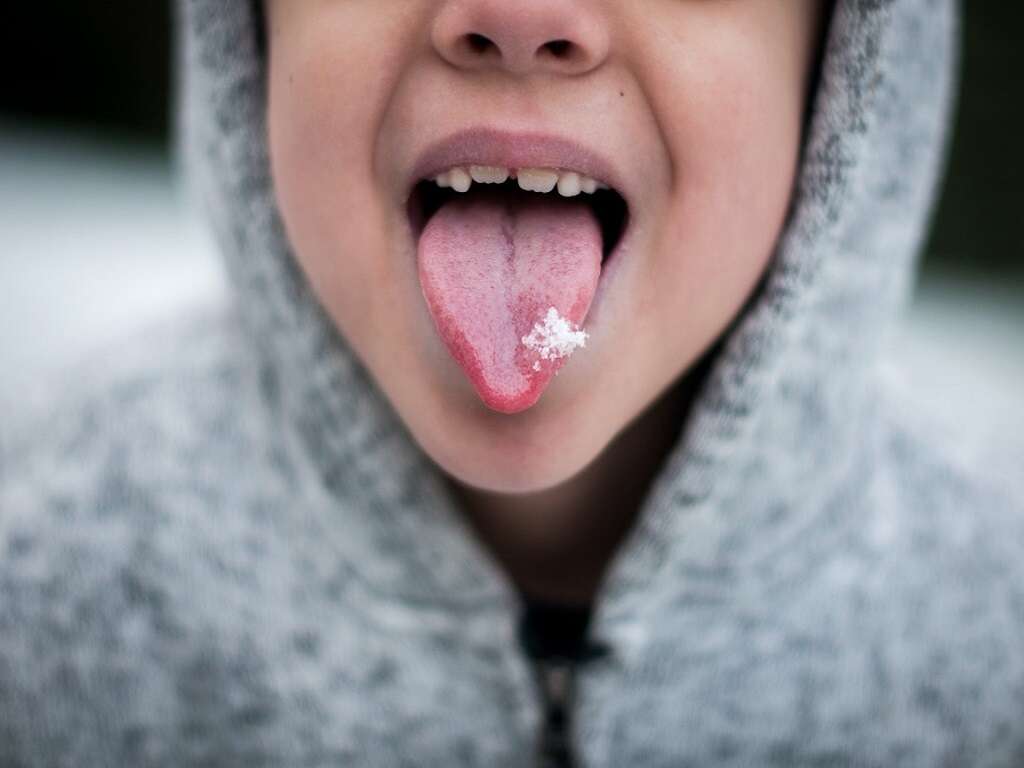
Lie Bumps (Transient Lingual Papillitis)
Named after the myth that they were caused by telling a lie, lie bumps are small red or white lumps that appear on the tongue and can sometimes be uncomfortable and painful. They can disappear as quickly as they appear and rarely require treatment.
While some individuals have no symptoms other than the actual lump, others may experience burning, tingling or itching sensations on the tongue. Rinsing and gargling with saltwater and avoiding irritating foods may help relieve some of the symptoms.

Do's and Don'ts
Whatever the cause of the white spots or lesions on the tongue, doing certain things and avoiding others may help relieve some symptoms, especially if the individual is experiencing any pain connected to the condition. Using a brush or scraper to clean the tongue may help improve the white tongue's appearance.
Acetaminophen or ibuprofen may help relieve some of the pain, and avoiding any hard, spicy, salty or acidic foods and too many hot drinks could help prevent irritating the condition.
